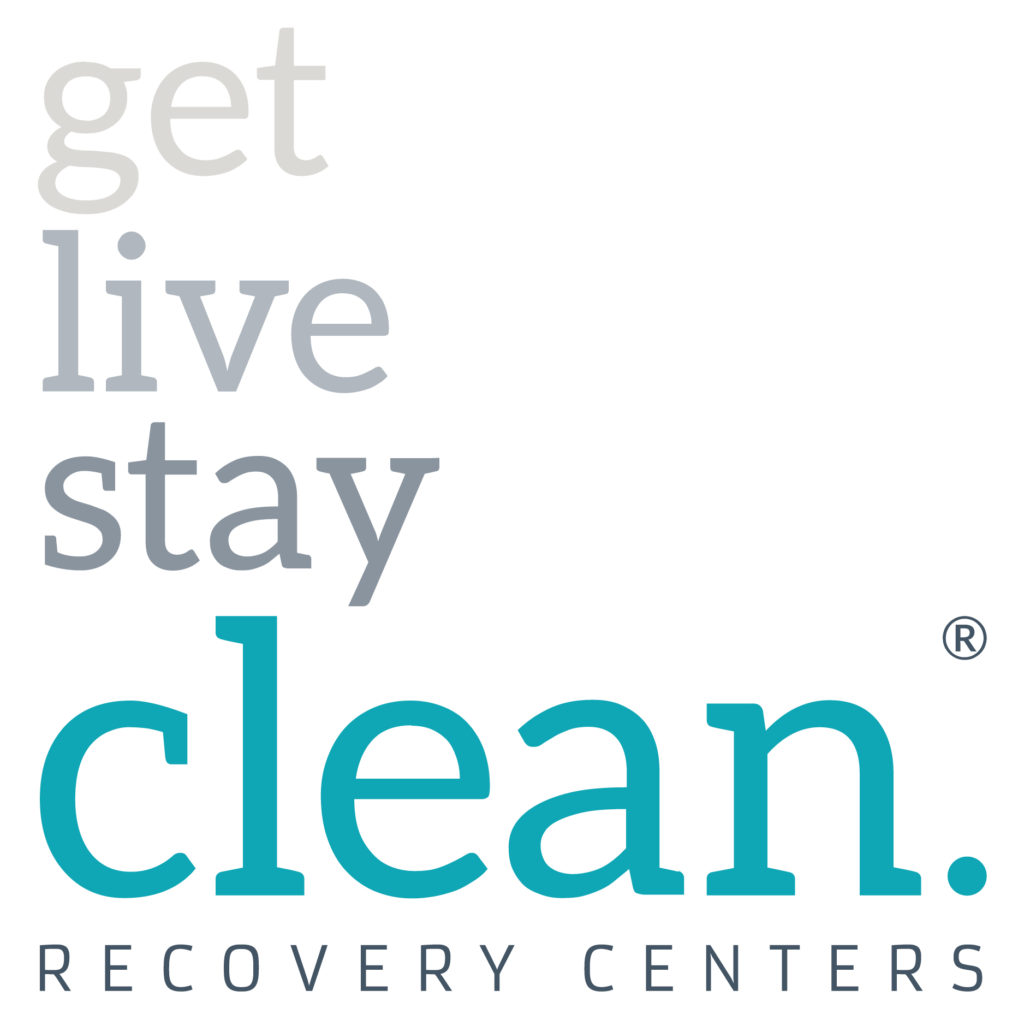Addiction Treatment – A Changing Landscape
Patient brokering was common place. Centers would pay “per client” fees to individuals who placed clients in their centers. All sorts of kickbacks involving sober living homes, residential treatment centers and detox centers, were also common. In fact, some of these places even paid potential clients to relapse and go back into treatment. Needless to say this activity is not only highly illegal it is unethical in the truest sense of the word.
One technique is called “aggregating.” Aggregators are entities that essentially portray themselves as treatment centers on TV, the internet, and elsewhere. But in reality, they are simply vast call centers that farm out clients to various treatment centers for a price.
For example, a person in Montana may call an advertised number and expect to be getting help within their state. Instead, they may end up in a treatment center in California, Texas, Florida or any number of other states. It is easy to see why the government is looking into this since it could be a form of patient brokering.
It will be interesting to see what happens to the “aggregator” phenomenon over the coming months.
If the person has no insurance benefits left after completing 30 to 45 days in a residential treatment center, it is very difficult for them to continue treatment. To do so requires access to financial resources to pay privately. As a result of this “insurance benefit milking,” many people relapse soon after leaving their 30 to 45-day treatment stay.
We believe insurance companies are catching on to this and will more and more seek patient outcome data. If the treatment does not work consistently, there will be some consequence. What that may look like is anyone’s guess at this point.
We believe it is in the best interest of the client and the treatment center to ensure that clients receive the levels of treatment that give them the best chance of success.
As insurance companies move to outcomes data, treatment centers should consider these options, 1) add a structured Intensive Outpatient Program and facilities, or 2) partner with another center that does have this in place and has successful outcomes.
- It has become increasingly difficult to get certification for the needed levels of care and the number of days a person needs for treatment.
- The amounts being reimbursed have now become extremely low.
- Even more disturbing are the approvals for those addicts who have struggled and relapsed multiple times. We are seeing only lower and less frequent levels of care being treated. This is very unfortunate and far from optimal for any chance of a successful recovery.


